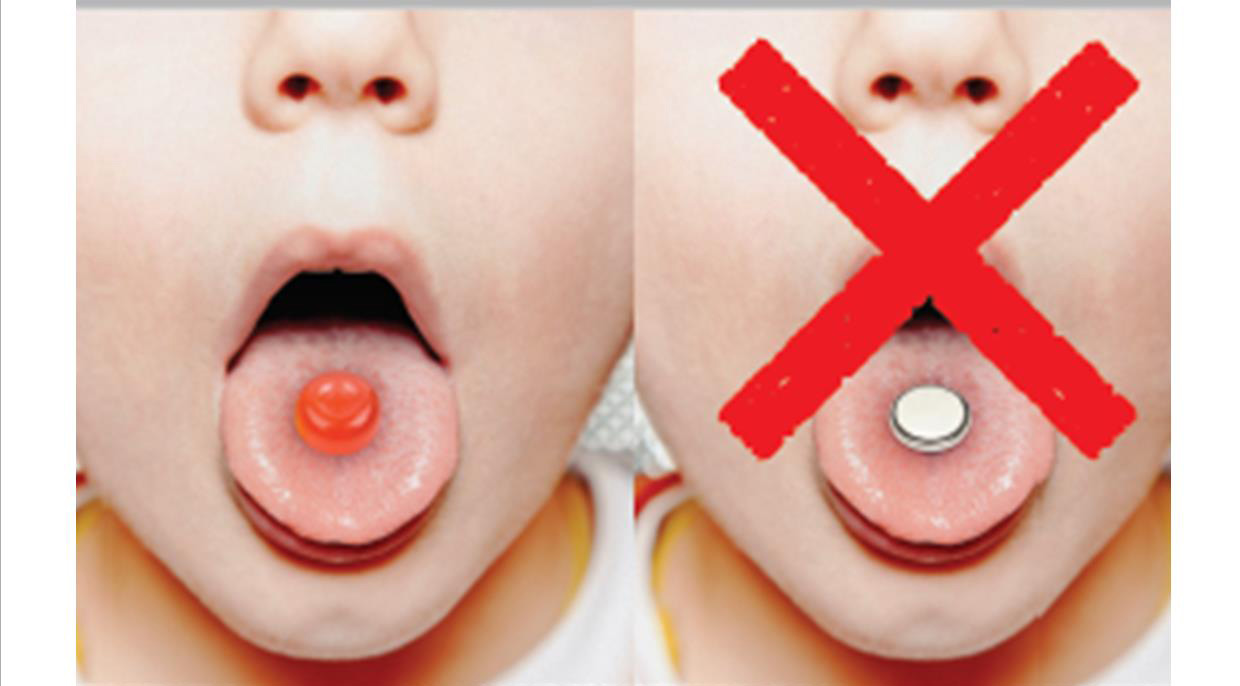What Are Button Batteries?
Coin lithium batteries. You may know them as button batteries. These little silver-colored batteries power everything from toys and electronics to watches and musical greeting cards.
Button batteries are small, shiny, coin-shaped batteries. They're used in devices like watches, toys, remote controls, flameless candles, holiday decorations, and hearing aids. They're dangerous for toddlers and kids, who easily can put them in their mouths, ears, or noses.
Child Safety
A button battery put in a child's mouth can get stuck in the windpipe and block breathing. Chemicals in the batteries can cause serious burns when swallowed or stuck in the body. A swallowed button battery or one that's stuck in the nose or ear can cause a very serious injury.
If swallowed or placed in the nose or ears, button batteries can cause serious injury or death, according to the National Capital Poison Center. More than 3,500 people of all ages swallow button batteries every year in the United States. Most pass through the body and are eliminated, but sometimes they get hung up in the esophagus. An electrical current can form in the body and hydroxide, an alkaline chemical, can cause tissue burns that can be fatal.
A swallowed button battery or one in the nose or ears is an emergency.

Safe Battery Storage & Use
Store all batteries where kids can't see or reach them. Recycle or throw out used batteries properly. Many communities have battery drop-off bins where you can take used batteries.
Make sure all battery compartments are securely closed with a screw. Do not give a child any toy if the battery compartment can be opened easily.
Watch kids carefully whenever they use devices containing batteries.
Post time: Feb-09-2023
